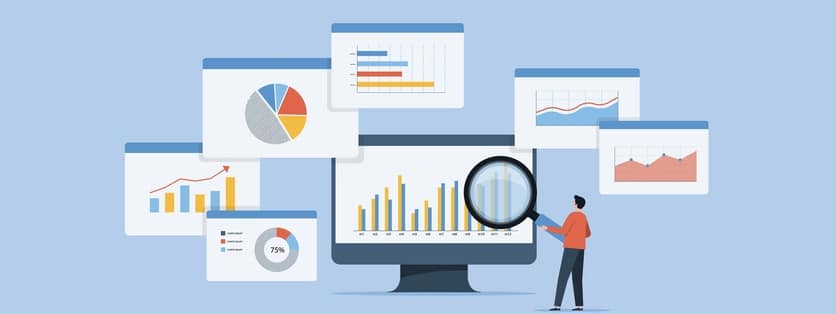Public relations campaigns have changed profoundly over the years. Today, nearly every successful company is working within technological platforms including social media, to do targeted online marketing. The strategies have paid off—conversions and sales associated with some of these digitally targeted marketing campaigns are through the roof.
Regardless of how successful one strategy is, PR professionals are always on the lookout for the next big thing. In a world of fierce competition for the attention of the target audience, finding just the right strategy has hardly ever been more important. Today, many are looking toward big data and artificial intelligence to help identify and attract potential customers.
Both technologies are on the cutting edge of the public relations sphere. They can help public relations professionals identify new audiences and connect with them in a meaningful way as well as increase general website traffic. Leveraging these technologies to boost PR strategies is the next step forward.

Image Source: pixabay.com
Incorporating tech to leverage data
As previously mentioned, data is invaluable in the PR and marketing worlds today. It plays a pivotal role in identifying new leads, building a brand reputation, and increasing SEO rankings. Several different types of data can play into each of these things. For example, a digital PR strategy might include things like:
- Targeted anchor text: Hyperlinked words within a paragraph that take users to another webpage with relevant information, for instance, on digital marketing tools.
- Guest posts: The company publishes content on a different website to get the word out and build interest across the internet.
- Influencer marketing: The company connects with a social media influencer and contracts with them to promote a certain subset of products.
- Content creation: The company creates blog posts and other relevant and useful content on its own website to build influence and trust with potential customers.
Artificial intelligence can also be incorporated into a company’s PR and marketing platform. For example, AI bots can use a digital customer’s previous search history to determine which products to show them and help guide their search. It can also assess the likelihood of making a conversion using the same information. It can feel like a light touch to most users, many don’t even truly realize how pervasive AI has become in most digital marketing strategies.
Balancing tech with a human touch
Any new technology needs to be balanced with a human connection, no matter how advanced it is. One study estimates that nearly 86 percent of customers prefer to interact with a live person rather than just a bunch of bots and intelligent tools. Incorporating a human connection has been shown to:
- Foster greater brand loyalty
- Increase the likelihood of positive reviews
- Better resolve misunderstandings
- Help develop better, more personalized interactions
Integrating all of the digital data strategies and AI use with personal connection is a serious challenge, but a real key to success. One of the most valuable ways to do it is by giving employees the power to make decisions and foster these relationships in their own way. Different strategies will have varying levels of success based on the customer base, but some options include things like creating personalized content for social media posts and outreach or following up on concerns that have been expressed by customers.
Where any sort of data collection or artificial intelligence service is introduced, it is necessary to have a human influence behind the curtain. Tools like artificial intelligence can be great for doing things like providing information on market trends or identifying ways to personalize a customer experience. However, the technology is not necessarily at a point to successfully execute and follow through with these tasks.
For instance, a human needs to interpret market trends and determine the best course of action in a customizable way. Likewise, although AI can identify ways to personalize an experience, those experiences may not come across as genuine if they are not initiated by a real human.
There is a lot to be gained by incorporating digital data and artificial intelligence into a PR campaign. Both tools can help with building a better presence online and identifying information that may otherwise be easily missed. However, both tools require a human touch to truly be successful. Keeping the human aspect of marketing in any campaign is critical regardless of the tools available.








